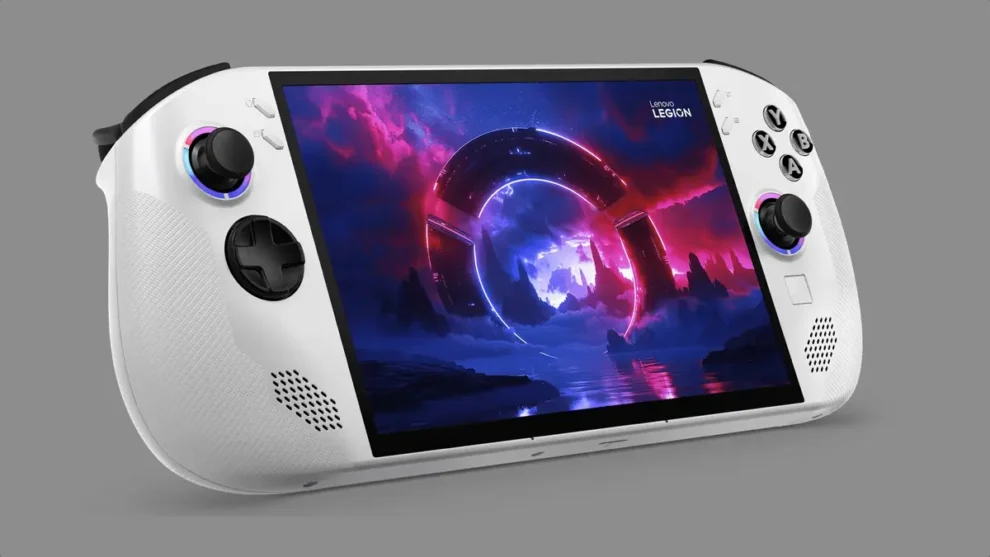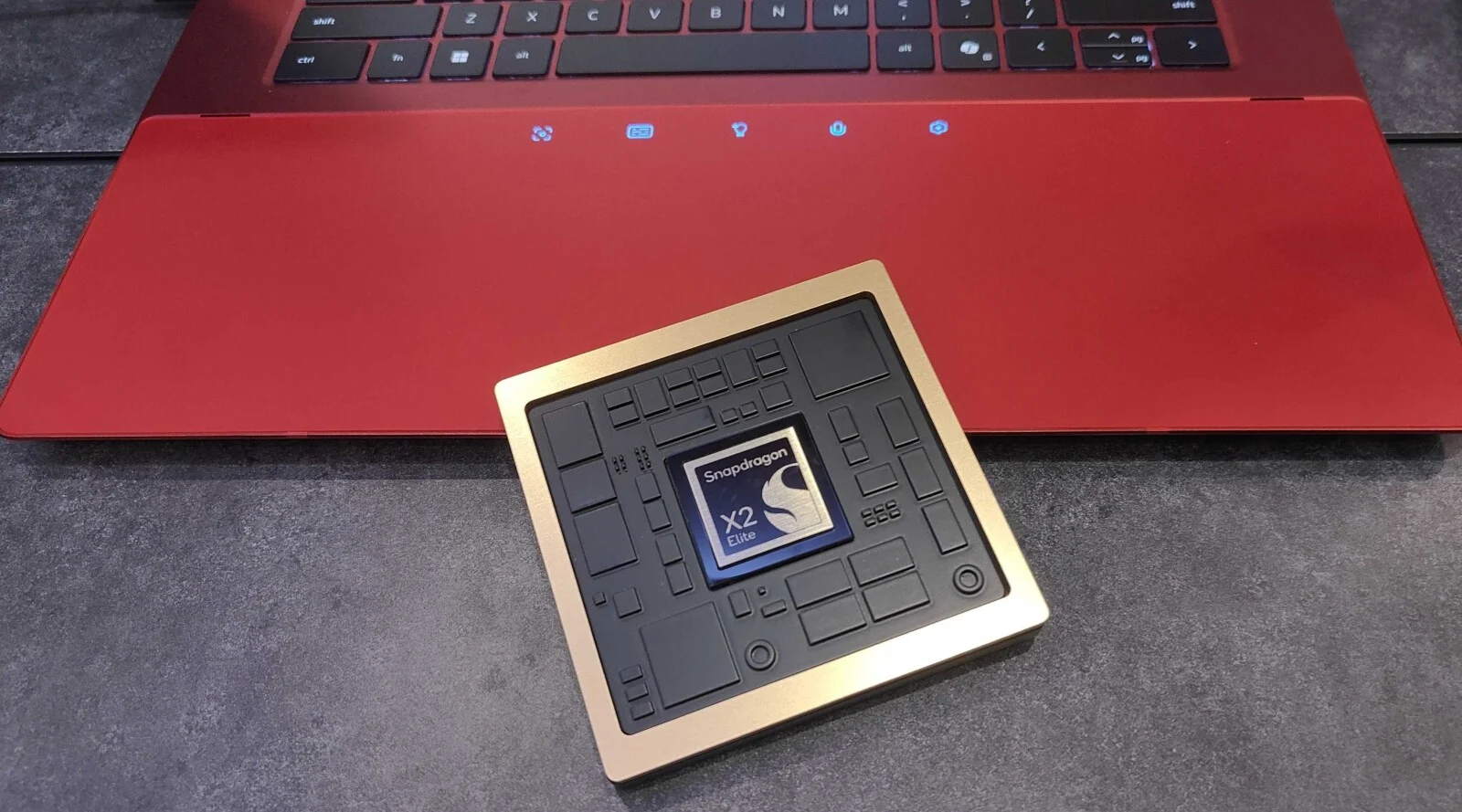The world of handheld PC gaming is heating up, and Lenovo is throwing its hat firmly into the ring with not one, but two new devices: the Legion Go 2 and the Legion Go S. Unveiled at CES 2025, these powerful handhelds promise to deliver desktop-class gaming experiences on the go, each with its own unique set of features and target audience. But beyond the initial announcements, there’s a wealth of detail hidden in plain sight. Let’s dissect these exciting new devices and uncover the finer points that might have slipped under your radar.
Lenovo, a titan in the PC gaming space, has been making waves with its innovative Legion line. The original Legion Go, launched in late 2023, turned heads with its detachable controllers and robust specs. Now, merely months later, Lenovo is back with a refined second generation and a brand new, streamlined model. Both the Legion Go 2 and Legion Go S are poised to redefine portable gaming, offering impressive specs, innovative design choices, and a commitment to user feedback. But what exactly sets them apart, and which one might be your perfect portable gaming companion?
Legion Go 2: Refining the Formula
The Legion Go 2 is a direct successor to the original Legion Go, building upon its strengths and addressing some of its shortcomings. One of the most noticeable upgrades is the display. Lenovo has opted for a stunning 8.8-inch WUXGA (1920 x 1200) OLED panel with a 144Hz refresh rate. This is a significant jump from the original’s 8-inch LCD, offering deeper blacks, more vibrant colors, and smoother motion.
Having experienced the original Legion Go’s somewhat lackluster audio, I was particularly excited to hear that Lenovo is prioritizing sound quality in the Legion Go 2. They’ve promised larger speakers and are actively working to enhance the overall audio experience. This, combined with the gorgeous OLED display, should make for a truly immersive gaming experience.
Under the hood, the Legion Go 2 is powered by the latest AMD Ryzen Z2 series processors, paired with up to 32GB of 7500MHz LPDDR5X RAM. While specific benchmarks are not yet available, this hardware configuration promises a significant performance boost over the previous generation, allowing for smooth gameplay even in demanding AAA titles.
One of the key features carried over from the original Legion Go is the detachable controllers, offering a more versatile gaming experience. You can use the Legion Go 2 as a standalone tablet, attach the controllers for handheld gaming, or even connect it to an external display for a console-like experience. The inclusion of a built-in kickstand further enhances this versatility, allowing for comfortable tabletop gaming.
Legion Go S: A Sleek and Streamlined Alternative
While the Legion Go 2 focuses on maximizing performance and versatility, the Legion Go S takes a different approach, prioritizing portability and affordability. This is reflected in its slimmer and lighter design, weighing in at just 740g compared to the Legion Go 2’s estimated 890g (without controllers).
The Legion Go S features an 8-inch WQXGA (1920 x 1200) LCD with a 120Hz refresh rate. While not as impressive as the Legion Go 2’s OLED display, it still offers a crisp and responsive visual experience. Notably, the Legion Go S comes in two variants: one running Windows 11 and another running SteamOS. This gives users the flexibility to choose the operating system that best suits their needs and preferences.
Powering the Legion Go S is the AMD Ryzen Z1 Extreme processor, the same chip found in the ASUS ROG Ally. This, coupled with up to 32GB of 6400MHz LPDDR5X RAM, ensures that the Legion Go S can handle a wide range of games with ease.
Unlike the Legion Go 2, the Legion Go S does not have detachable controllers. Instead, it opts for a more traditional handheld design with integrated controls. This contributes to its slimmer profile and lighter weight, making it ideal for gamers who prioritize portability above all else.
Key Differences and Considerations
Choosing between the Legion Go 2 and Legion Go S will ultimately depend on your individual needs and priorities. Here’s a quick rundown of the key differences to help you make an informed decision:
- Display: The Legion Go 2 boasts a larger 8.8-inch OLED display with a 144Hz refresh rate, while the Legion Go S has an 8-inch LCD with a 120Hz refresh rate.
- Processor: The Legion Go 2 features the newer AMD Ryzen Z2 series processors, while the Legion Go S uses the AMD Ryzen Z1 Extreme.
- Controllers: The Legion Go 2 has detachable controllers and a built-in kickstand, offering greater versatility. The Legion Go S has integrated controllers, prioritizing portability.
- Operating System: The Legion Go 2 runs Windows 11, while the Legion Go S offers both Windows 11 and SteamOS variants.
- Weight and Size: The Legion Go S is significantly lighter and more compact than the Legion Go 2.
- Price: While official pricing has not been announced, the Legion Go S is expected to be more affordable than the Legion Go 2.
Beyond the Specs: Intriguing Details
Beyond the core specifications, there are several noteworthy details that shed light on Lenovo’s design philosophy and commitment to user experience.
- Enhanced Cooling: Both devices feature improved cooling systems to ensure optimal performance during extended gaming sessions. The Legion Go S, in particular, boasts a custom ColdFront tech cooling system with a large fan and heat sinks.
- Extensive Connectivity: Both devices offer a range of connectivity options, including Wi-Fi 6E, Bluetooth 5.3, and multiple USB4 ports. The Legion Go S also includes a microSD card slot for expandable storage.
- Focus on Ergonomics: Lenovo has paid close attention to ergonomics, ensuring that both devices are comfortable to hold and use for extended periods. The Legion Go 2’s detachable controllers offer customizable grip options, while the Legion Go S features a streamlined design that fits comfortably in the hands.
- Software Enhancements: Lenovo is expected to introduce software features that optimize gaming performance and enhance the overall user experience. This could include game optimization tools, performance profiles, and custom launchers.
Addressing User Feedback
One of the most encouraging aspects of the Legion Go 2 and Legion Go S is Lenovo’s willingness to listen to user feedback. The improvements in the Legion Go 2, such as the enhanced audio and upgraded display, directly address criticisms of the original Legion Go. This suggests that Lenovo is committed to creating devices that truly cater to the needs of gamers.
The Future of Handheld PC Gaming
The Lenovo Legion Go 2 and Legion Go S represent a significant step forward in the evolution of handheld PC gaming. With their powerful hardware, innovative features, and competitive pricing, they are poised to challenge the dominance of established players like the Steam Deck and ASUS ROG Ally.
As the handheld PC gaming market continues to grow, we can expect to see even more innovation and competition in the years to come. Lenovo’s commitment to pushing the boundaries of portable gaming, coupled with its responsiveness to user feedback, suggests that the Legion line has a bright future ahead.








